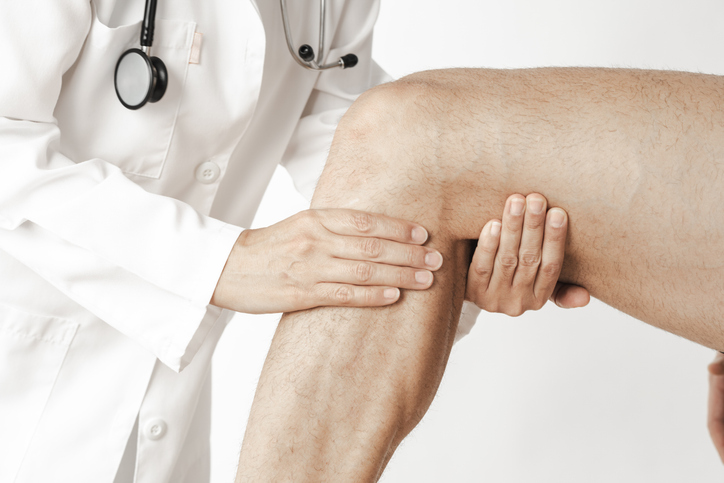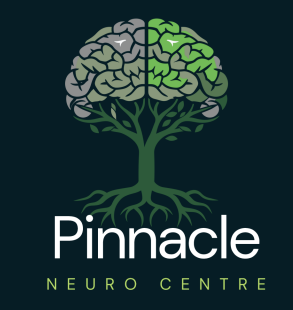Muscle Wasting
Muscle wasting, or muscle atrophy, is the loss of muscle mass and strength due to reduced muscle use, injury, or underlying medical conditions. It occurs when the balance between muscle protein synthesis and breakdown is disrupted, leading to diminished muscle fiber size and function. Common causes include prolonged immobility (e.g., bed rest, casts), neurological disorders (like amyotrophic lateral sclerosis or spinal cord injuries), and chronic diseases such as cancer, heart failure, or diabetes. Aging-related sarcopenia, malnutrition, and certain medications (e.g., corticosteroids) also contribute. Inactivity accelerates wasting, as muscles require regular stimulation to maintain mass.
Symptoms include visible muscle shrinkage, weakness, fatigue, and difficulty performing daily tasks like lifting or walking. In severe cases, it impairs mobility and increases fall risk. Diagnosis involves physical exams, strength tests, and imaging like MRI or ultrasound to assess muscle volume. Blood tests or electromyography may identify underlying causes, such as nerve damage or metabolic issues.

Treatment focuses on addressing the root cause and rebuilding muscle. Physical therapy with resistance exercises is central, stimulating muscle growth and improving strength. Nutritional support, including high-protein diets and supplements like branched-chain amino acids, aids recovery. In disease-related wasting, managing the primary condition—such as optimizing diabetes control or treating cancer—slows progression. Medications like anabolic steroids or myostatin inhibitors are under study for specific cases but aren’t widely used. Assistive devices or bracing may support mobility during rehabilitation.
Prevention emphasizes regular exercise, balanced nutrition, and early intervention for at-risk individuals, like those immobilized post-surgery. Muscle wasting can significantly impact quality of life, leading to dependency and emotional distress, so psychological support is vital. Advances in regenerative medicine, including stem cell therapy and gene editing, hold promise for reversing atrophy. With tailored care, many can regain function, highlighting the importance of proactive management and resilience in overcoming this debilitating condition.

Treatment for muscle wasting aims to reverse or slow down muscle loss by addressing the underlying cause. It typically includes physical therapy and resistance exercises to rebuild strength, nutritional support with high-protein and calorie-rich diets, and treating medical conditions like nerve damage, malnutrition, or chronic illness. In some cases, medications such as anabolic steroids or growth factors may be prescribed. Prompt intervention helps restore muscle mass, improve mobility, and enhance quality of life.
Muscle wasting, or muscle atrophy, refers to the progressive loss of muscle mass and strength, often due to inactivity, aging, malnutrition, or underlying medical conditions such as nerve damage, chronic diseases (like cancer, COPD, or kidney failure), or neuromuscular disorders. Effective treatment is multifaceted and focuses on both addressing the root cause and promoting muscle regrowth.
